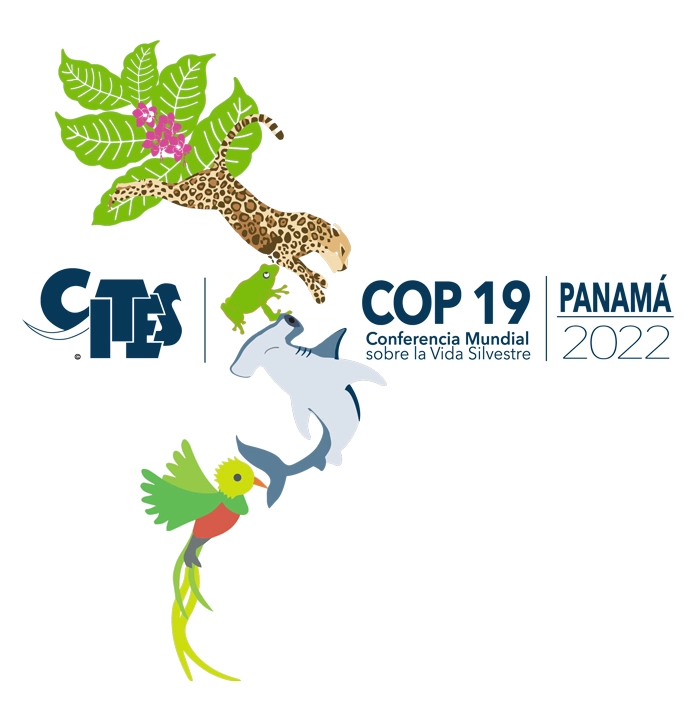COP19 Headlines 2022
Shark Proposal with BITE
Laurie King
As shark populations have plummeted worldwide, with some estimates showing declines of as much as 70% over the last 50 years, this year’s Conference of the Parties to the Convention on International Trade in Endangered Species of Wild Fauna and Flora (CITES) is more important than ever. CITES—arguably the entity with the most clout regarding trade in endangered wildlife globally—is making decisions about entire families of marine species. This is the first time that regulations of international trade in an entire family of marine species have been proposed.
● Decisions at this year’s conference have the potential to regulate the majority of the global shark fin trade.
● Regulating an entire family of sharks is important for protecting the most endangered species because sharks tend to look alike, which complicates inspection processes and enforcement not only for fins but also for other shark derivatives, such as meat and biomedical and cosmetic industry needs. This close resemblance has left a loophole in trade regulations, potentially allowing listed species to be illegally traded as lookalike unlisted ones.

Change Cannot Happen Soon Enough
Every year about a hundred million sharks are killed in commercial fisheries worldwide. Only 25% of the worldwide fin trade is presently regulated — meaning that for the remaining 75%, there are no enforceable laws to ensure the trade does not pose a threat to species’ survival. The need for effective action is overdue — 70% of species involved in the shark fin trade are already threatened with extinction.
For any trade to continue, any shark species involved must have sustainable limits. Given the slow reproduction rate of sharks and rays, as well as their susceptibility to overfishing, intense population declines are already visible for many species.
Proposal to Protect Sharks
This year’s shark proposals are an unparalleled opportunity for governments to begin now to regulate the bulk of the worldwide shark fin trade. This will provide needed protection for species threatened with extinction, and a sustainable long-term framework for species whose populations are currently healthy.
To accomplish this, Panama and the European Union have recommended proposals to list the remaining Carcharhinidae and Sphyrnidae family species in Appendix II (for species that may become endangered unless trade is controlled).
What is COP19?
The 19th Conference of the Parties (COP) to CITES is taking place November 11–25, 2022, in Panama City, Panama. The parties are 184 member countries, which have agreed to be bound by CITES decisions. As a result, international trade decisions made here have near universal acceptance and authority.
Every three years, delegates from member countries meet at the Conference of the Parties to discuss proposed species and vote on a level of protection for each.
At that time, species may be added to one of three appendices, which reflect that species’ level of endangerment and determine what sanctions may be imposed on countries that consistently fail to prevent illegal trade of plants and animals in that category.
Listing on Appendix I means all international commercial trade in specimens of the species is prohibited.

Listing in Appendix II means trade in species is regulated by a permitting system and requires evidence that the international trade is sustainable and not detrimental to the survival of the species in the wild. Listing in Appendix III means that international trade in a species will be tracked and the effect on the species will be monitored.
What Sea Save Foundation Is Doing
We are working with delegates at this year’s conference to enact changes to international trade of threatened or endangered species that will protect them globally.
Regarding shark proposals specifically, we will advocate to other delegates at the conference that the current proposals should be accepted to ensure that threatened species are not confused with “look-alike” species within a Family. This will avoid additional population decline and future need for Appendix I (most endangered) listings.




